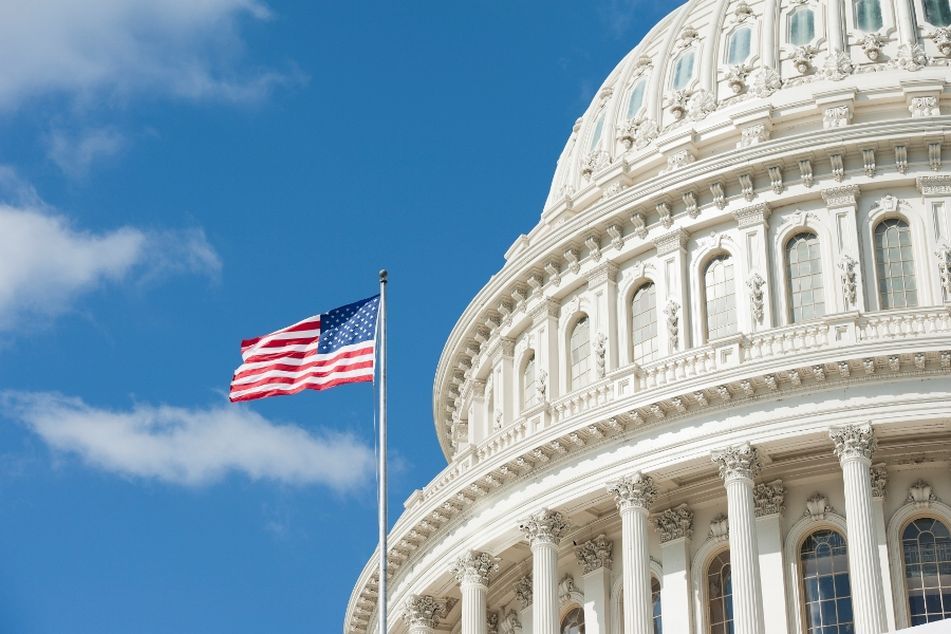Burr hopes to include 529-to-Roth bill in final retirement legislation

The provision was rejected as an amendment to the Senate Finance Committee's EARN Act, but it could reemerge in a final bill sent to the floor of the House and Senate.
A bill that would help parents move college savings into a retirement nest egg didn’t make it into a comprehensive retirement savings measure approved by a Senate committee last week, but its author hopes to insert the provision later in the legislative process.
Last Wednesday, the Senate Finance Committee approved the Enhancing American Retirement Now, or EARN, Act. The package contains about 70 provisions to increase the number of workers saving for retirement and the assets they’re accumulating.
The package likely will be combined with a bill approved by the Senate Health Education Labor and Pensions Committee to become the chamber’s counterpart to legislation known as SECURE 2.0 that the House passed overwhelmingly in March.
The Senate Finance Committee’s version did not incorporate a bill written by Sens. Richard Burr, R-N.C., and Robert Casey, D-Pa., that would allow penalty-free transfers of funds from 529 college savings plans to Roth individual retirement accounts. Burr offered the legislation, the College Savings Recovery Act, as an amendment to the EARN Act during the committee markup last week.
But Burr pulled back the amendment in the face of opposition from the leaders of the committee, who rejected most amendments to the EARN Act. They were concerned that adding additional legislation would boost the cost of the bill above its $45 billion price tag, which they said was paid for by revenue provisions in the bill. The $38 billion SECURE 2.0 measure also is fully financed, lawmakers said.
“I withdraw my amendment with the hope that the committee and committee staff will work with us between now and the time we finally get to a floor process where possibly this can be included,” Burr said during the markup.
The 529-to-Roth bill was stymied by an estimate from the congressional Joint Committee on Taxation that it would cost more than $1 billion. But the chairman of the Senate Finance Committee, Ron Wyden of Oregon, and ranking Republican Mike Crapo of Idaho offered support for reviving it later in the legislative process.
“We will work with you to try to get there as we move forward because the proposal you have here is a critically important proposal,” Crapo told Burr at the committee markup.
Referring to Burr and another senator with an amendment, Wyden said: “Sen. Crapo and I will work with both of you to get this resolved.”
Burr disputed the taxation committee’s score of the 529-to-Roth bill, as well as criticism that it was a sop to the wealthy who had accumulated big 529 plans. He said that although the 10% penalty would be lifted for transferring funds from a 529 plan that aren’t used on education, the $6,000 annual limit on Roth contributions would remain in place.
“This is probably the most commonsense amendment we should adopt,” Burr said during the Finance Committee markup. “It’s creating an additional incentive for savings to go toward retirement. Not to address the 529s is a huge mistake because this is an opportunity for individuals either to transfer to their [retirement] savings or potentially to transfer to their children’s Roth IRA.”
There hasn’t been any development on the bill since the committee markup, a Burr spokesperson said.
Investment advisers like the idea of moving funds from a 529 to a Roth.
“That bill provides a nice alternative for parents who find they have extra college savings,” said Tim Steffen, director of tax planning at Robert W. Baird & Co.
Joanne Burke, owner of Birch Street Financial Advisors, said there’s a “huge opportunity” in 529-to-Roth conversions.
“This would be a really dynamic planning tool,” Burke said. “I’m excited. I don’t know if it’s going to happen.”
The Burr-Casey bill’s chances of survival in a retirement savings package are at best unclear. One reason is that the final bill becomes a more precarious agreement as it reaches the congressional finish line.
“Adding new provisions adds political complexity,” said a financial industry official who requested anonymity when speculating on congressional negotiations. “It’s easy to derail things at this point.”
InvestmentNews 40 Under 40 event honors industry’s rising stars
Learn more about reprints and licensing for this article.








